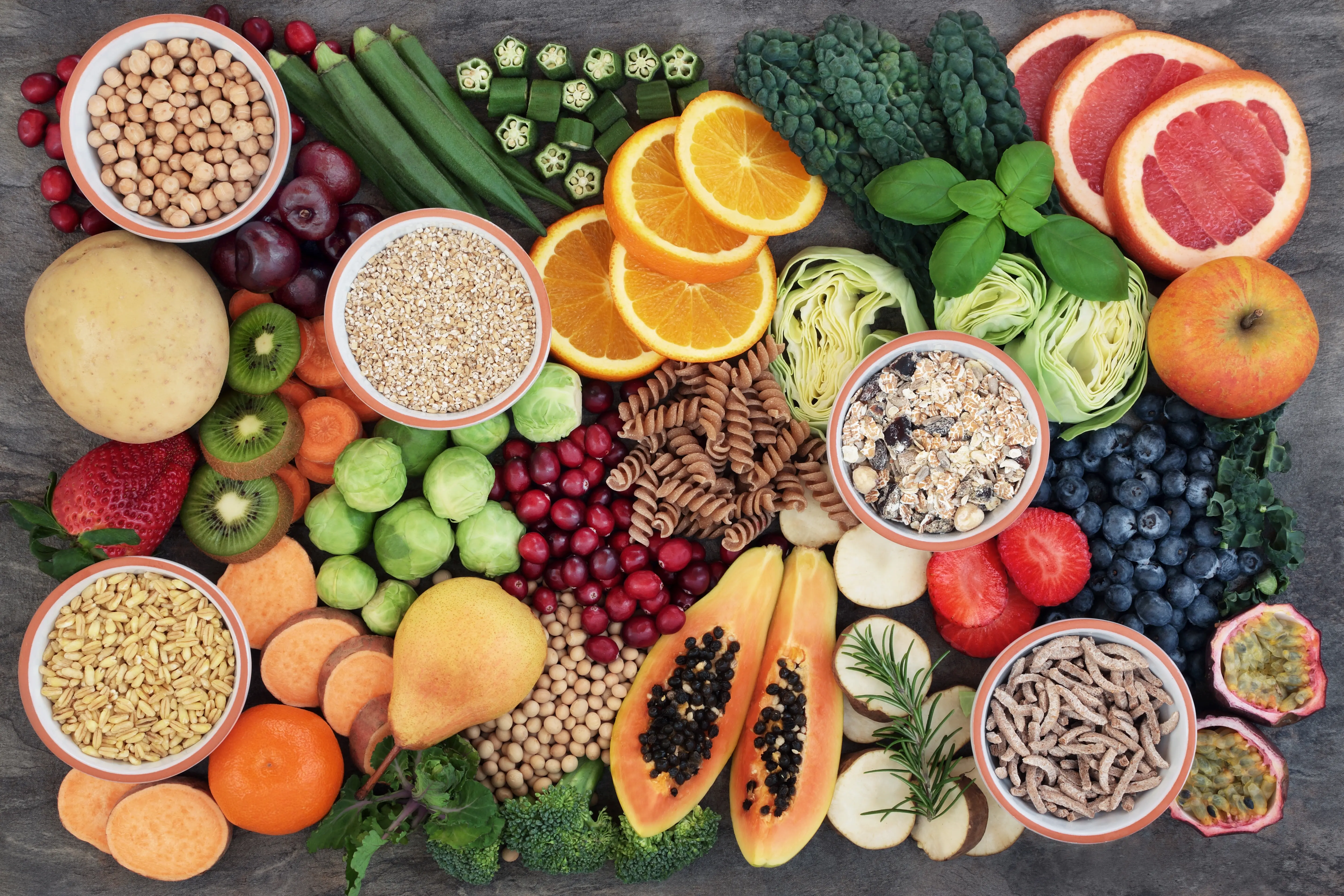Are You Getting Enough Fiber?
Are You Getting Enough Fiber?
Fiber is crucial for overall health, yet most people don’t consume nearly enough of it. Adults should aim for 14 grams of fiber per 1,000 calories consumed, which means 28 to 34 grams of fiber per day for most men. However, the Dietary Guidelines for Americans 2020–2025 reveal that most people eat less than half of the recommended amount.
Why Are We Missing Out on Fiber?
Dr. Walter Willett, a professor at Harvard’s T.H. Chan School of Public Health, identifies poor food choices as a key reason. Many people rely on processed foods made from refined grains, such as white rice, white flour, pasta, pastries, and crackers—products that have been stripped of fiber. Additionally, as people age, they consume fewer calories, which naturally reduces their fiber intake. Many fiber-rich foods also require more chewing, which can be difficult for some older adults.
Soluble vs. Insoluble Fiber: What’s the Difference?
Fiber comes in two forms, each offering unique benefits:
- Soluble fiber absorbs water, forming a gel that slows digestion, promotes satiety, and softens stools.
- Insoluble fiber adds bulk to stool, preventing constipation and promoting regularity.
Beyond digestion, fiber has wide-ranging health benefits. A high-fiber diet has been linked to lower LDL (bad) cholesterol, a reduced risk of heart disease, cancer, and diabetes, and even enhanced gut health. Some studies, including one published in 2023 in Nutritional Neuroscience, suggest that fiber intake may lower the risk of dementia.
How to Get More Fiber in Your Diet?
Luckily, fiber is abundant in many delicious and nutritious foods, including fruits, vegetables, legumes, nuts, seeds, and whole grains.
To meet daily fiber needs, men should aim for:
- 2–4 servings of fruit
- 2–5 servings of vegetables, whole grains, or legumes
- 1–2 servings of nuts and seeds
Dr. Willett suggests keeping it simple—instead of tracking every gram, focus on eating a diverse range of fiber-rich foods and avoiding refined grains. If you have a favorite high-fiber food, such as blueberries, start with two daily servings and build from there.
Are Fiber Supplements a Good Alternative?
Fiber supplements—such as Benefiber, Metamucil, Citrucel, and Konsyl—come in powders, capsules, and chewables. While they can be helpful for those with food sensitivities, difficulty chewing, or certain medical conditions, they should never replace whole foods. Whole foods provide essential micronutrients that supplements lack. If you think you need a fiber supplement, consult your doctor first.
Easy Ways to Increase Your Fiber Intake
Incorporating more fiber doesn’t have to be complicated. Try these easy swaps:
- Eat beans, lentils, or peas at least three times a week
- Choose whole wheat, quinoa, chickpea, or lentil-based pasta instead of refined pasta
- Swap white rice for brown rice or bulgur
- Start your day with steel-cut oatmeal topped with yogurt, nuts, and fresh fruit
While fiber is essential, increasing intake too quickly can cause gas, bloating, diarrhea, and stomach cramps. To avoid these issues, gradually increase fiber intake and drink plenty of water.
Bottom Line: Most people don’t get enough fiber, but small dietary changes can make a big difference. By focusing on fiber-rich foods, you can support digestion, heart health, and even cognitive function. Start slow, stay consistent, and reap the benefits of a high-fiber diet!
Source:
Harvard Health Publishing- The Facts on Fiber, Access: 21.03.2025


